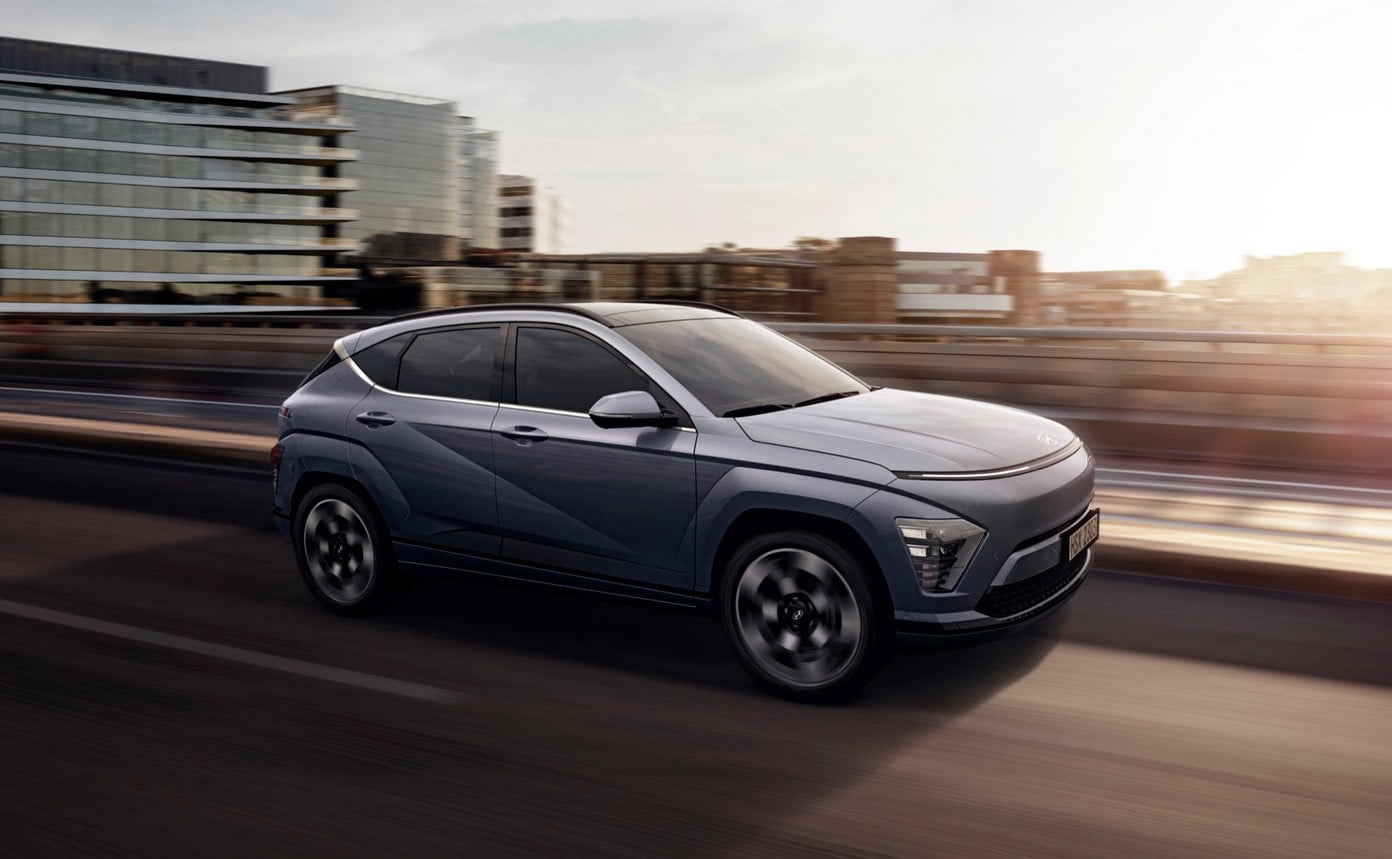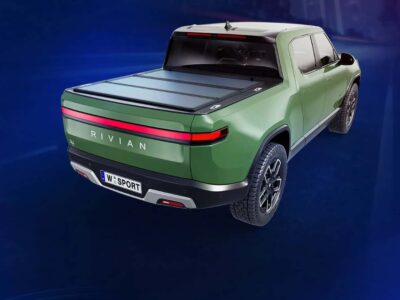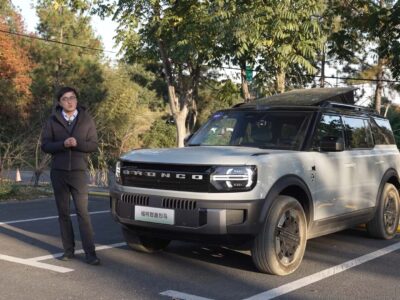
Hyundai has revealed the global specifications for the next-generation Kona Electric, set to arrive as a 2024 model. Notably, the new model appears sharper and more spacious inside, with an increased range.
The new Kona Electric measures 171.5 inches in length, 71.9 inches in width, and 62.0 inches in height, with a wheelbase of 104.7 inches. Hyundai notes that each of these dimensions is larger than the previous version, and for the sake of passenger and cargo space, it is 6.9 inches longer overall, with a wheelbase that is 2.4 inches longer than its predecessor.
The battery capacity has increased slightly to 65.4 kWh. Hyundai estimates that the Kona Electric will offer up to 304 miles of range on the WLTP European cycle. While this figure does not consistently translate to the U.S. EPA range, it ensures a modest increase in U.S. EPA range over the previous model’s 258 miles.
According to Hyundai, the Kona Electric can charge from 10% to 80% in 41 minutes. The Kona Electric now also features a Vehicle-to-Load (V2L) function that will generate around 1.6 kW, good enough to power various items such as power tools or potentially serve as backup power for some essentials during a power outage.
Similar to before, the Kona Electric is powered by a single motor at the front wheels, generating 215 hp and 188 lb-ft of torque. Especially given the increase in size, don’t expect it to accelerate faster than the outgoing model’s approximately 7.0 seconds for 0-60 mph.
Regenerative braking has the expected multimode form from Hyundai, including an i-Pedal mode that (mostly) provides one-pedal driving, as well as an intelligent regenerative setting.
The Kona Electric is offered again in gasoline or electric versions, with a hybrid joining the lineup that has yet to be detailed. Hyundai plans to offer an N-Line sporty version of the Kona across all versions, including the electric one.
Hyundai describes the look of the new Kona lineup as “EV-led,” essentially meaning a relatively low front without a wide, prominent grille for any model in the lineup. Instead, the emphasis is on a sweeping look at the front and rear, emphasizing the horizontal and perhaps, in person, making this model appear wider. In the front, a skid plate and cladding in the wheel arches add a bit of ruggedness, but this is not an SUV by the definition of most Americans.
Inside, the new Kona follows a more horizontal appearance that also takes inspiration from the design of the Ioniq 5 and Ioniq 6, much more than the Elantra sedan, for example. The Kona Electric also inherits its dual 12.3-inch displays (touchscreen in the center) from the Ioniq 5 and now receives over-the-air updates, a digital key system, and connected car services. A head-up display is also available.
Hyundai also offers what it calls a flat-folding seat for the second row, with a two-stage latch to recline the rear seat. While it’s hard to see in the initial images, the Kona Electric’s rather high roofline can also help provide easier access to the rear seat compared to other electric vehicles. Additionally, an electric tailgate is offered for the first time.
A set of next-generation driver assistance systems has been added, including a level 2 highway system that automates steering as long as the driver maintains attention, as well as an evasive steering function that works with blind-spot monitors. Remote parking is also available.
Hyundai has also expanded the range of color combinations and interior themes offered on the Kona Electric, with a black and red interior reserved for the N Line sporty version.
The main rival of the Kona Electric in the U.S. market is likely to be the Chevrolet Bolt EUV, a model that has become much more competitive in terms of pricing in recent years.
Hyundai has not yet revealed U.S. prices or equipment details, but it is expected to arrive at U.S. dealerships this fall.







